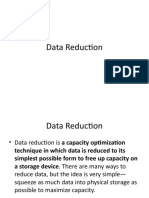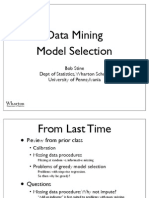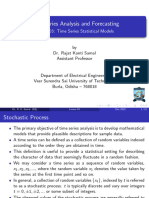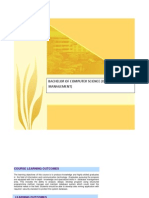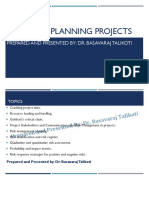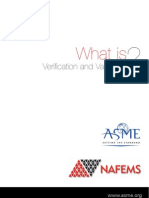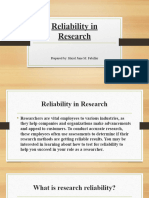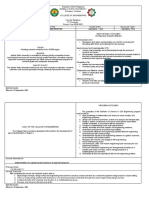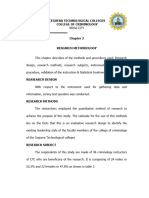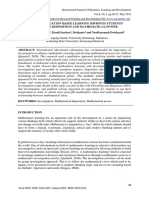0% found this document useful (0 votes)
192 views62 pages1 Introduction To Simulation
1. Simulation is the imitation of the operation of a real-world process over time. It involves generating an artificial history of a system and observing it to understand the system's characteristics.
2. A system is a collection of components that work together to achieve an objective. A model simplifies and represents a system. Simulation manipulates a model over time to understand interactions that may not be apparent otherwise.
3. There are different types of simulation models based on whether they are static or dynamic, deterministic or stochastic, and continuous or discrete. The key types discussed are discrete-event simulation and Monte Carlo simulation.
Uploaded by
Kabin ThapaCopyright
© © All Rights Reserved
We take content rights seriously. If you suspect this is your content, claim it here.
Available Formats
Download as PDF, TXT or read online on Scribd
0% found this document useful (0 votes)
192 views62 pages1 Introduction To Simulation
1. Simulation is the imitation of the operation of a real-world process over time. It involves generating an artificial history of a system and observing it to understand the system's characteristics.
2. A system is a collection of components that work together to achieve an objective. A model simplifies and represents a system. Simulation manipulates a model over time to understand interactions that may not be apparent otherwise.
3. There are different types of simulation models based on whether they are static or dynamic, deterministic or stochastic, and continuous or discrete. The key types discussed are discrete-event simulation and Monte Carlo simulation.
Uploaded by
Kabin ThapaCopyright
© © All Rights Reserved
We take content rights seriously. If you suspect this is your content, claim it here.
Available Formats
Download as PDF, TXT or read online on Scribd
/ 62

